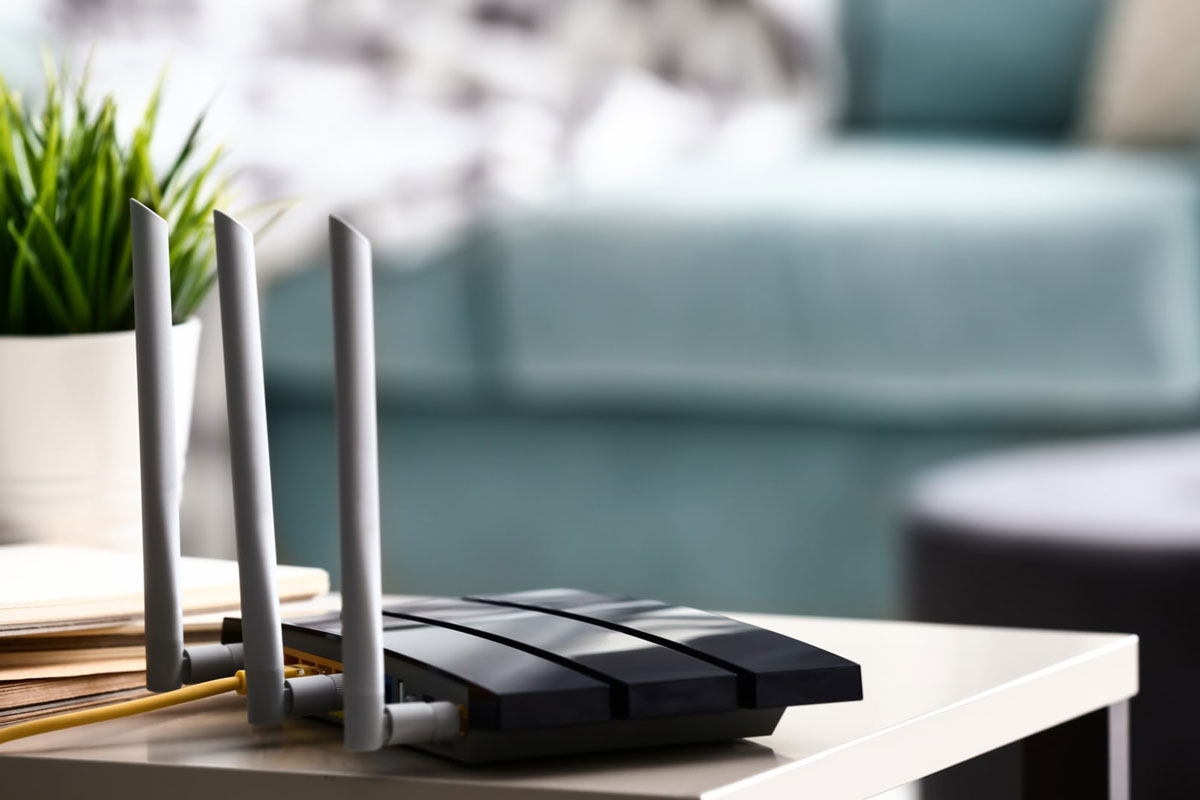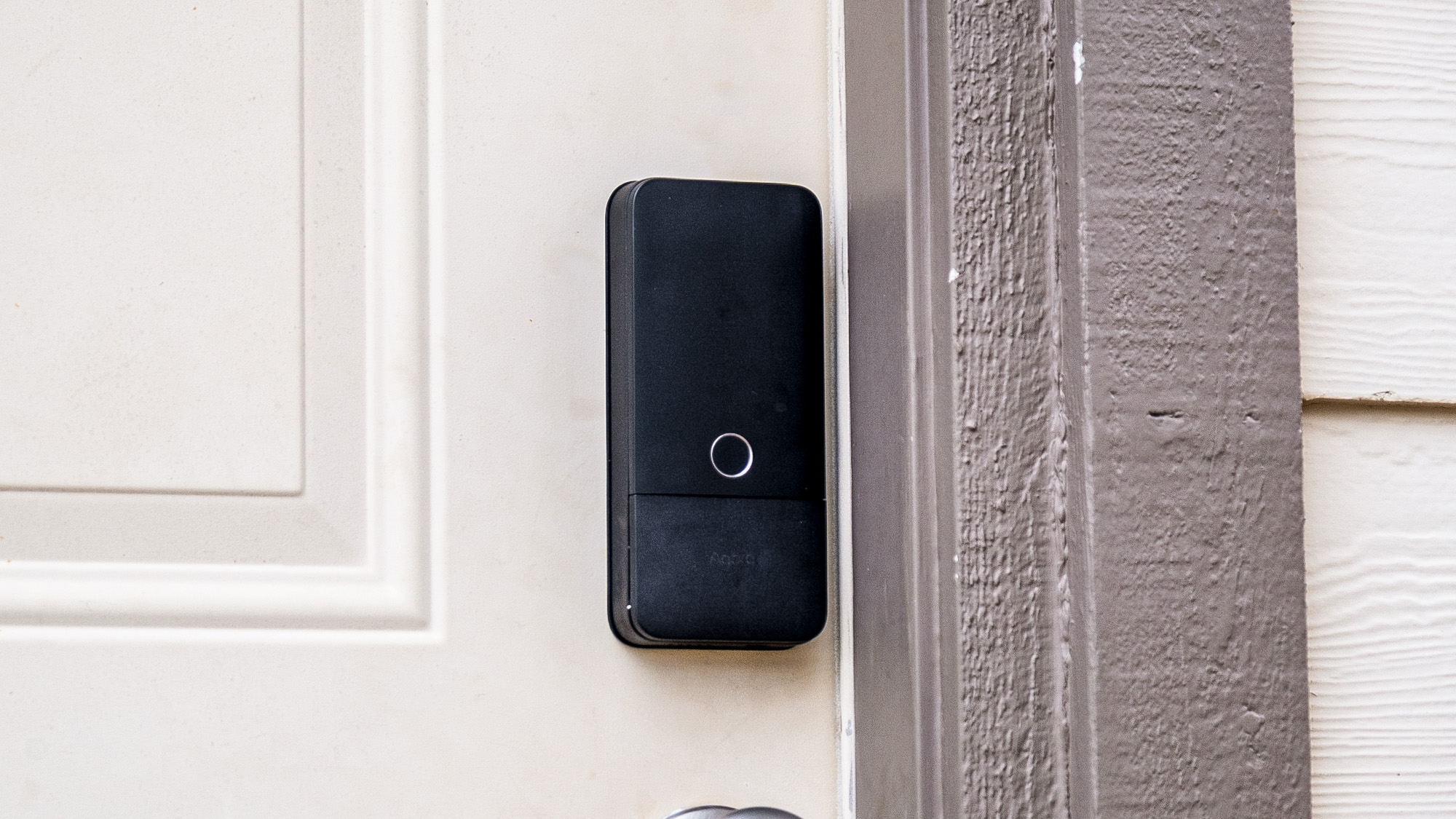How to switch NBN providers: make sure you follow this checklist
Staying at home or moving property, these are the steps you need to take

Thinking of changing NBN providers? If your current internet plan isn’t up to scratch for your household, then you may be wondering how to change to a new provider. Well, fortunately for you, the process of switching NBN providers is rather simple.
There is still a checklist of steps to follow, however, and the process of switching NBN providers will be slightly different depending on whether you’re staying at your current address or if you’re moving home. We’ve put together this guide to switching NBN providers to make the entire process as seamless as possible.
Why do you want to switch?
Why you can trust Tom's Guide
The first question you need to answer is why you want to switch your NBN provider in the first place. Do you regularly experience outages? Do you want to spend less each month? Does the customer support leave a lot to be desired?
Cementing your reasons for wanting to switch will make the process of finding a new NBN provider much easier. You can focus on providers that promise the fastest typical evening speeds or read online reviews to determine which NBN provider is going to offer the best technical support should you have any questions.
Figure out the equipment you need

All NBN plans require a modem and/or router, and the NBN connection type you have will determine the equipment you need. If you’ve already signed up for an NBN plan, then you will already have the necessary components, and if you’re switching to a new provider but remaining on the same speed tier, then you shouldn’t need to buy anything new.
But, you will need to check to see whether the modem/router you already have is either locked or if it has any outstanding payments due on it. Telstra and Optus modems include 4G backup, for example, which won’t be compatible with any other provider. Some modems may also be subject to a device payment plan, so if you cancel, you will need to pay for any time left on your plan.
Most other providers may work on a similar model, but usually offer the ability to send the modem back to them to avoid any extra charges.
When signing up for a new NBN plan, you will have the option to buy a new modem that will come pre-configured for your new service. Different providers charge different amounts, so it’s worth shopping around to see which providers offer the cheapest modems if saving as much as possible is most important for you.
If you know your current modem and/or router will work with your new service and you want to keep it, then you will just need to contact the technical support of your new provider and ask them for the configuration settings required for your new service to work.
If your current router is a few years old, then it could be worth paying for a newer model to ensure you’re up to date with the latest technology. Many retail service providers (RSPs) now offer routers with Wi-Fi 7, which can support faster speeds across a greater number of connected devices, so it may be a technology you want to integrate into your home.
Don’t cancel your current plan right away
It might be tempting to cancel your current plan immediately, before finding a new plan to replace it with. But don’t cancel until you’ve done your research and signed up with a new provider. If you do cancel, you may be without internet until your new service goes live.
It’s worth noting that different providers require different notice periods. The good news is the majority of NBN plans run on a month-to-month basis, so the maximum amount of notice you would likely need to give is 30 days. If you’re signed up to a lengthy contract, then you may be liable to early termination fees, so you will want to factor this into your decision of whether to switch or not.
Find a new provider
Once you’ve settled on why you want to switch, it’s time to find a new provider and compare NBN plans. If you’re looking for the most affordable plans, then be sure to check out our NBN deals page, which is regularly updated with the best prices and plans across all NBN speed tiers.
If you’re not sure who else to go with other than the big names of Telstra and Optus, then take a look at our round-up of the best NBN providers to discover some potentially new companies.
If you’re moving into a new home that doesn’t yet have an active NBN connection, then you may be liable to pay an AU$300 new connection fee. The NBN stipulates that the internet service provider (ISP) placing an order for an NBN connection in a new property (one that has never previously had an NBN connection before) has to pay this fee, and it is at your ISP’s discretion whether they pass this cost onto you.
If you’re moving into a brand new rental property and your NBN provider passes the AU$300 fee onto you, then it’s worth asking your landlord or real estate agent if they’ll reimburse you. You’ll also want to order this several weeks before your move-in date, as you may need to book an appointment for an NBN technician to come and visit your property.
Once you’ve chosen your new provider, speak to them about the switching process. If you’re staying at the same property and using the same equipment, then it shouldn’t take too long for your new NBN service to be up and running.
Of course, this is the real world, and problems can occur, and this is where finding an NBN service with a good track record for customer service and technical support comes in handy.
Back up any data and cancel your current NBN plan
Once you’ve signed up to a new NBN service, then you can go about cancelling your current plan. Your new NBN provider may take care of cancelling your old service for you, but for peace of mind, you should call your old provider yourself to give verbal confirmation.
If you have an email address or a home phone service associated with your old plan, then you will need to have these transferred too. For email, you can transfer any emails and contact information to a third-party service such as Gmail or Microsoft Outlook.
When it comes to your home phone (VoIP) service with your current NBN provider (if you have one), then you are able to transfer it over to the new one. This is known as porting, and you’ll need to speak with your new NBN provider to have the number ported so that it continues to work. This process can take several weeks and you should always wait until your new NBN provider has told you the number has been successfully ported before cancelling your old plan.
If you’re convinced you do want to switch NBN providers, then check out some of the most popular deals below.
How long does it take to switch NBN provider?
It can depend which NBN provider you're switching to that will determine how long the process will take. Whether you're staying at the same property or moving home can also have an effect.
If you're staying at the same property and you're able to use the equipment you already own, then some NBN providers can have you switched over to their service in a matter of hours.
As a general guide, however, we'd say to account for up to 10 days for the switch to take place, in case you do need new equipment or you need a technician to come to your property.
How much does it cost to switch NBN providers?
The main cost you can expect to pay when switching NBN providers is the minimum monthly cost of your new NBN plan. Most NBN providers don't charge an exit fee when you cancel, but you will need to check to see if you owe any outstanding balance on the supplied modem.
If your NBN plan is on a fixed-term contract such as 12 months, and you wish to cancel early, then you will likely need to pay for the remainder of the plan.
Get instant access to breaking news, the hottest reviews, great deals and helpful tips.

Lucy Scotting is a digital content writer for Tom’s Guide in Australia, primarily covering NBN and internet-related news. Lucy started her career writing for HR and staffing industry publications, with articles covering emerging tech, business and finance. In her spare time, Lucy can be found watching sci-fi movies, working on her dystopian fiction novel or hanging out with her dog, Fletcher.
